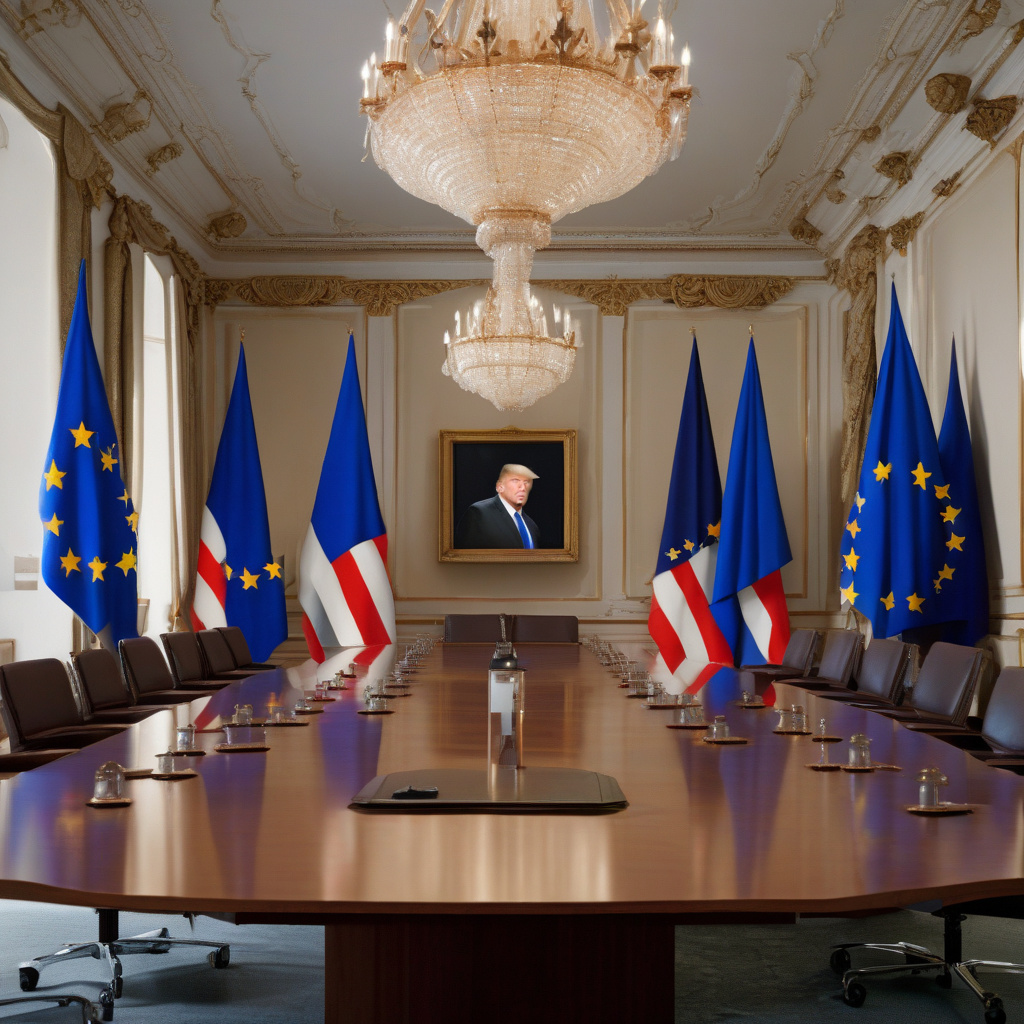EU’s Ribera Calls for Regulatory Consistency Amid Rising Tensions with the US
The transatlantic relationship between the European Union and the United States has long been a cornerstone of global stability and prosperity. However, recent years have seen increasing tensions between the two economic powerhouses, largely due to the disruptive policies of the Trump administration. In light of these challenges, EU Commissioner for Trade, Maria Ribera, has made a passionate call for regulatory consistency to safeguard the future of transatlantic relations.
Ribera’s concerns stem from the unpredictable and often unilateral actions taken by the Trump administration, particularly in the realm of trade and commerce. The imposition of tariffs, the withdrawal from key international agreements, and the flouting of established norms have all contributed to a sense of uncertainty and instability in transatlantic relations. Ribera argues that such disruptions not only harm the economies of both the EU and the US but also weaken the broader framework of international cooperation and multilateralism.
At the heart of Ribera’s call for regulatory consistency is the idea that clear and predictable rules are essential for fostering trust and cooperation between trading partners. In an increasingly interconnected global economy, businesses rely on stable regulatory environments to make informed investment decisions and plan for the future. By upending established norms and agreements, the Trump administration has created a climate of volatility that undermines the long-term interests of both the EU and the US.
Ribera’s advocacy for regulatory consistency is not just a matter of economic pragmatism; it is also a reflection of the EU’s commitment to upholding the values of democracy, rule of law, and international cooperation. By promoting transparency, accountability, and adherence to shared rules, the EU seeks to ensure that trade relations are conducted in a fair and equitable manner, benefiting all parties involved.
In practical terms, regulatory consistency could take various forms, including the harmonization of standards and regulations, the resolution of trade disputes through established mechanisms such as the World Trade Organization, and the negotiation of new agreements that reflect the evolving realities of the global economy. By promoting a rules-based approach to trade, Ribera believes that the EU and the US can overcome their current differences and build a more resilient and sustainable partnership for the future.
Despite the challenges posed by the Trump administration’s disruptive policies, Ribera remains optimistic about the prospects for transatlantic cooperation. By emphasizing the importance of regulatory consistency and the shared values that underpin the EU-US relationship, she hopes to lay the groundwork for a more stable and productive partnership in the years to come. As the global economy continues to evolve, the need for clear rules and effective cooperation will only become more pressing, making Ribera’s call for regulatory consistency all the more relevant and timely.
In conclusion, the current tensions between the EU and the US underscore the importance of maintaining regulatory consistency in transatlantic relations. By upholding clear rules, promoting transparency, and fostering cooperation, the EU and the US can overcome their differences and forge a stronger partnership based on mutual respect and shared values. As Commissioner Ribera rightly argues, regulatory consistency is not just a technical matter; it is a fundamental prerequisite for building a more stable, prosperous, and peaceful world for all.
EU, Ribera, Trump, transatlantic relations, regulatory consistency












